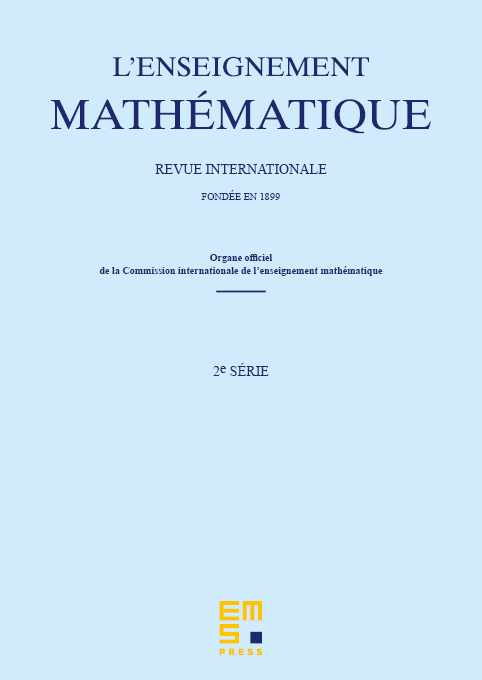Matrix bispectrality and noncommutative algebras: Beyond the prolate spheroidals
F. Alberto Grünbaum
University of California, Berkeley, USABrian D. Vasquez
Instituto de Matemática Pura e Aplicada (IMPA), Rio de Janeiro, BrazilJorge P. Zubelli
Khalifa University, Abu Dhabi, United Arab Emirates

Abstract
The bispectral problem is motivated by an effort to understand and extend a remarkable phenomenon in Fourier analysis on the real line: the operator of time-and-band limiting is an integral operator admitting a second-order differential operator with a simple spectrum in its commutator. In this article, we discuss a noncommutative version of the bispectral problem, obtained by allowing all objects in the original formulation to be matrix-valued. Deep attention is given to bispectral algebras and their presentations as a tool to get information about bispectral triples.
Cite this article
F. Alberto Grünbaum, Brian D. Vasquez, Jorge P. Zubelli, Matrix bispectrality and noncommutative algebras: Beyond the prolate spheroidals. Enseign. Math. 69 (2023), no. 3/4, pp. 335–351
DOI 10.4171/LEM/1053